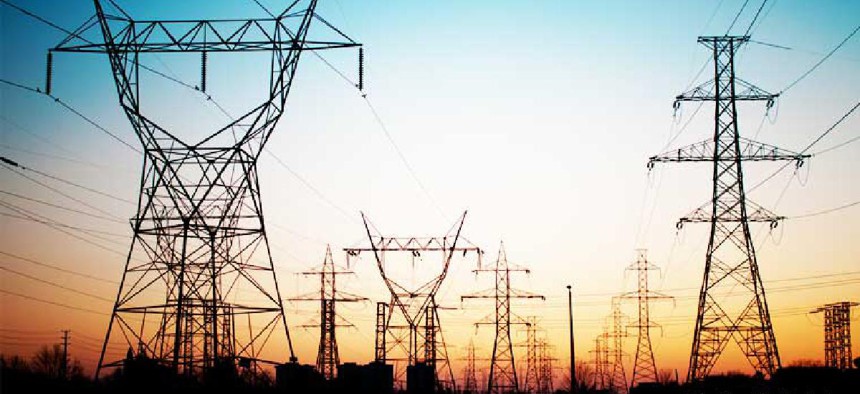Big data analytics will power the nation’s electricity future

The electricity sector must capitalize on big data, analytics and IT and communications automation to manage change, a new report says.
To handle the explosion of data in the electric industry, better big data analytics is needed, according to the Energy Department’s Electricity Advisory Committee (EAC).
Its February report states that data sources are growing thanks to smart meters for field measurements and electric vehicle charging, radar for weather measurements and asset monitoring, such as embedded sensors for condition-based observations. Although the resultant big data contains valuable information for improving cost effectiveness, energy efficiency and customer experience, challenges with analyzing it are growing, too.
“Electric sector stakeholders are facing an emerging need to define how to capitalize on big data, as well as information and communication technologies automation to create new business opportunities and manage market-driven change,” the report states. “At the same time, they face challenges in developing a justification for relevant investments and developing a business model to recover costs. There needs to be a greater incentive for the commercial and industrial segment to care about leveraging big data.”
Based on a series of panel discussions at the committee’s March and October 2019 and February and October 2020 meetings, EAC arrived at nine findings. They include the needs to fully define the relevant data models to improve resilience, to invest in big data research to catch up to other industries and to address data sharing challenges and big data analytics skills gaps in the electric industry.
The report discusses three main areas where work is needed. The first is existing DOE big data efforts, which would benefit from greater awareness of grid analytics, automating and sharing analytics as well as supporting the energy resilience model. That model will enable the simulation and tracking of electronic phenomena, faults and oscillations as they happen in real time. For DOE to use it, however, “the model will need to incorporate all data that the federal government is engineering and using in the weapons labs and by the U.S. Department of Defense,” the report states.
To address these issues, the report recommends that DOE use physical and data models, fund data analytics testbeds where apps can be demonstrated and evaluated and facilitate collaboration among utilities, vendors and government organizations.
The second area is around data, data availability and data requirements. Issues within this space include data ownership and privacy, cybersecurity and putting data in context.
“EAC and broader electric industry sector is interested in DOE’s role in data curation and hosting,” the report adds. “DOE could create requirements for data quality and promote standards for interoperability along with communication network capacity requirements. DOE has developed several data repositories, including with synthetic datasets. The differentiation of the value of synthetic networks for certain data analytics studies needs to be made.”
For privacy and confidentiality, the department could, for example, use customer metadata to analyze energy efficiency, the report suggests. Another idea: DOE should find out what databases the government owns and maintains that can be used in developing utility data analytics applications and then have those databases offer preprocessed data for automated analytics support.
The third area covers data analytics, use cases and cost recovery. It calls out the existing architecture for supporting utility monitoring and control and protection functions as several decades old and states that most utilities do not have an analytics department.
EAC’s recommendations for this area include workforce development through partnerships with universities, learning to anticipate future needs for control systems and coordinating with state and federal agencies to address cost models for future data analytics.
“The greatest way to add value may be to cross-pollinate traditional utility and other sectors’ data analytics capabilities, such as the broader sectors of the Internet of Things, fintech, and others that employ data analytical techniques,” the report states.





